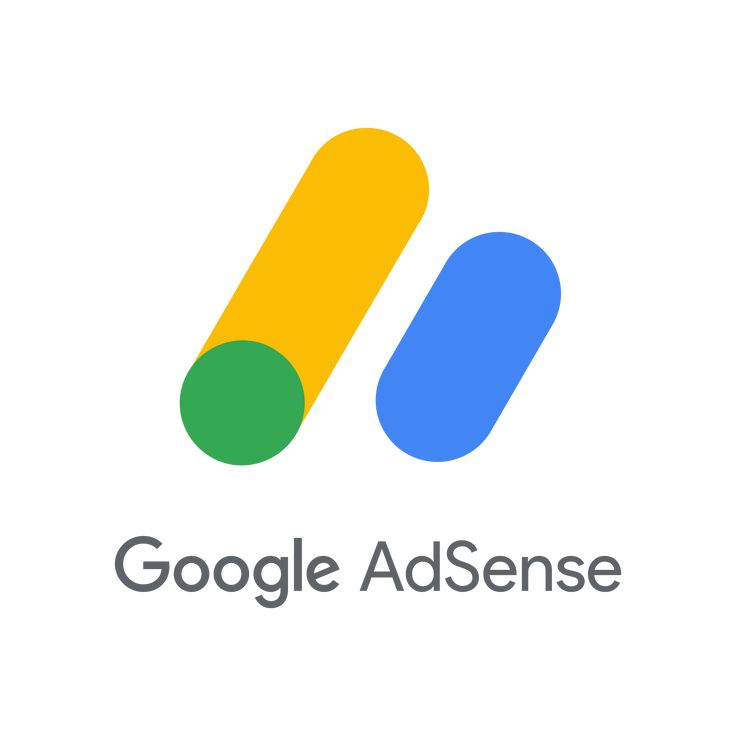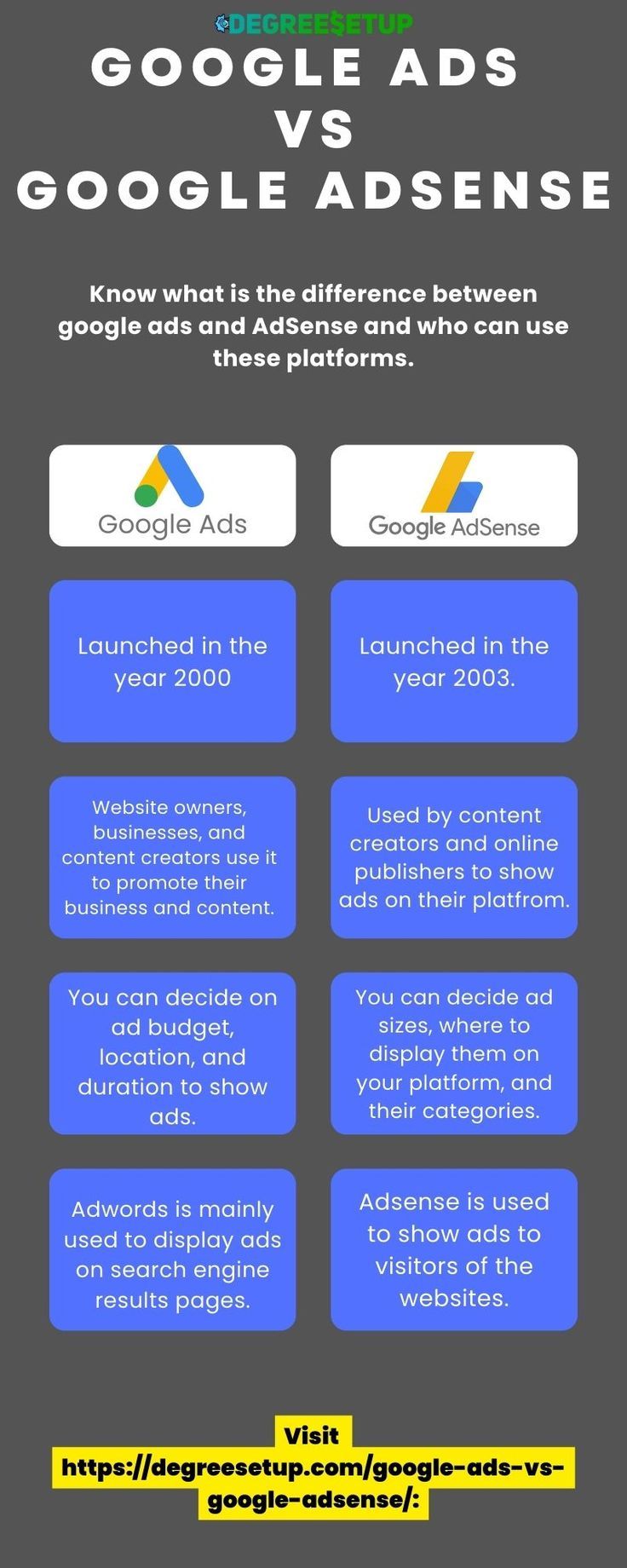Google Ad Manager vs. AdSense: Unlocking the Power of Programmatic Advertising
In the dynamic world of digital advertising, choosing the right tools can make or break your revenue strategy. For website owners and publishers, Google offers two powerful platforms: Google AdSense and Google Ad Manager (GAM). While both platforms facilitate ad monetization, they cater to different needs and levels of expertise. This article delves deep into the comparison between Google Ad Manager and AdSense, exploring their pros, cons, and ideal use cases to help you make an informed decision for your business.
What is Google AdSense?
Google AdSense is a free, beginner-friendly platform that allows website owners to monetize their content by displaying targeted ads. It operates on a simple principle: you provide ad space on your website, Google fills it with relevant ads, and you earn revenue based on clicks or impressions.

What is Google Ad Manager?
Google Ad Manager (GAM), formerly known as DoubleClick for Publishers (DFP), is a comprehensive ad management platform designed for large publishers and ad networks. It provides advanced tools and features for managing, selling, and optimizing ad inventory across multiple platforms and channels.

Google Ad Manager: Unleashing Advanced Monetization
Benefits of Google Ad Manager
- Granular Control and Customization: GAM offers unparalleled control over your ad inventory. You can define ad units, set pricing, target specific audiences, and implement sophisticated ad serving rules to maximize revenue and user experience.
- Ad Inventory Optimization with Google AdX: One of GAM's key strengths is its integration with Google Ad Exchange (AdX), a real-time marketplace for buying and selling premium ad inventory. This integration allows publishers to access a vast pool of advertisers, increasing competition and potentially driving higher ad revenue.
- Direct Sales and Real-Time Bidding: GAM empowers publishers to go beyond Google's network and sell ad inventory directly to advertisers through direct deals or programmatic guaranteed campaigns. Additionally, it supports real-time bidding (RTB), allowing advertisers to bid on your inventory in real time, further enhancing revenue potential.
- Advanced Reporting and Analytics: GAM provides comprehensive reporting and analytics tools, offering valuable insights into ad performance, audience behavior, and revenue trends. These insights enable data-driven optimization strategies for continuous improvement.
- Integration with Google AdSense: GAM seamlessly integrates with Google AdSense, allowing publishers to use both platforms in tandem. You can leverage AdSense as a backfill option to monetize unsold inventory, ensuring maximum revenue generation.
Drawbacks of Google Ad Manager
- Complexity and Learning Curve: GAM's robust features and functionalities come with a steep learning curve. Mastering the platform requires significant time, technical expertise, and a deep understanding of ad operations.
- Time Commitment for Management: Effectively managing GAM demands ongoing attention and effort. From setting up ad campaigns to analyzing performance data, publishers need to dedicate considerable time to maximize the platform's potential.
- Google AdSense Account Requirement: To use Google Ad Manager, you need an active Google AdSense account. This prerequisite ensures compliance with Google's advertising policies and payment procedures.
Google AdSense: Simplicity for Beginners
Benefits of Google AdSense
- Ease of Use and Setup: Google AdSense stands out for its user-friendly interface and straightforward setup process. Publishers can easily create an account, generate ad code, and start displaying ads on their websites with minimal technical knowledge.
- Automated Ad Serving: AdSense automates the entire ad serving process. Google's algorithms analyze your website content and user demographics to deliver relevant ads, eliminating the need for manual ad placement and optimization.
- Access to Google's Ad Network: AdSense grants access to Google's vast ad network, connecting publishers with a wide range of advertisers. This ensures a steady stream of ads and potential revenue opportunities.
Drawbacks of Google AdSense
- Limited Control and Customization: AdSense offers limited control over ad formats, placements, and targeting options compared to GAM. Publishers have less flexibility in tailoring ad experiences to their specific website design and audience.
- Revenue Sharing Model: AdSense operates on a revenue-sharing model, meaning Google keeps a percentage of the ad revenue generated. While the exact split varies, this model may result in lower earnings compared to direct ad sales.
- Dependence on Google's Network: Relying solely on AdSense limits publishers to Google's ad network. This dependence can restrict access to premium advertisers and potentially impact revenue potential.
Choosing the Right Platform: AdSense vs. Ad Manager

Factors to Consider
- Website Traffic and Inventory: High-traffic websites with significant ad inventory can benefit from GAM's advanced features and revenue optimization capabilities. Lower-traffic websites with less inventory may find AdSense's simplicity more suitable.
- Technical Expertise: GAM's complexity requires a certain level of technical expertise. Publishers without dedicated ad operations teams may find AdSense's ease of use more manageable.
- Monetization Goals: Ambitious revenue targets and a desire for direct ad sales align with GAM's capabilities. Publishers seeking a simple monetization solution with less demanding requirements may prefer AdSense.
- Desired Level of Control: Publishers seeking granular control over their ad inventory and monetization strategies will appreciate GAM's comprehensive features. AdSense's automated approach suits those who prefer a more hands-off approach.
Conclusion
The choice between Google Ad Manager and AdSense depends on your specific needs, resources, and objectives. AdSense provides a user-friendly entry point for beginners, while GAM empowers experienced publishers with advanced tools for maximizing revenue potential. By carefully evaluating your website traffic, technical capabilities, and monetization goals, you can select the platform that best aligns with your overall advertising strategy.
High-Trust External URLs:
- Google Ad Manager: https://admanager.google.com/
- Google AdSense: https://www.google.com/adsense/start/
- Interactive Advertising Bureau (IAB): https://www.iab.com/

